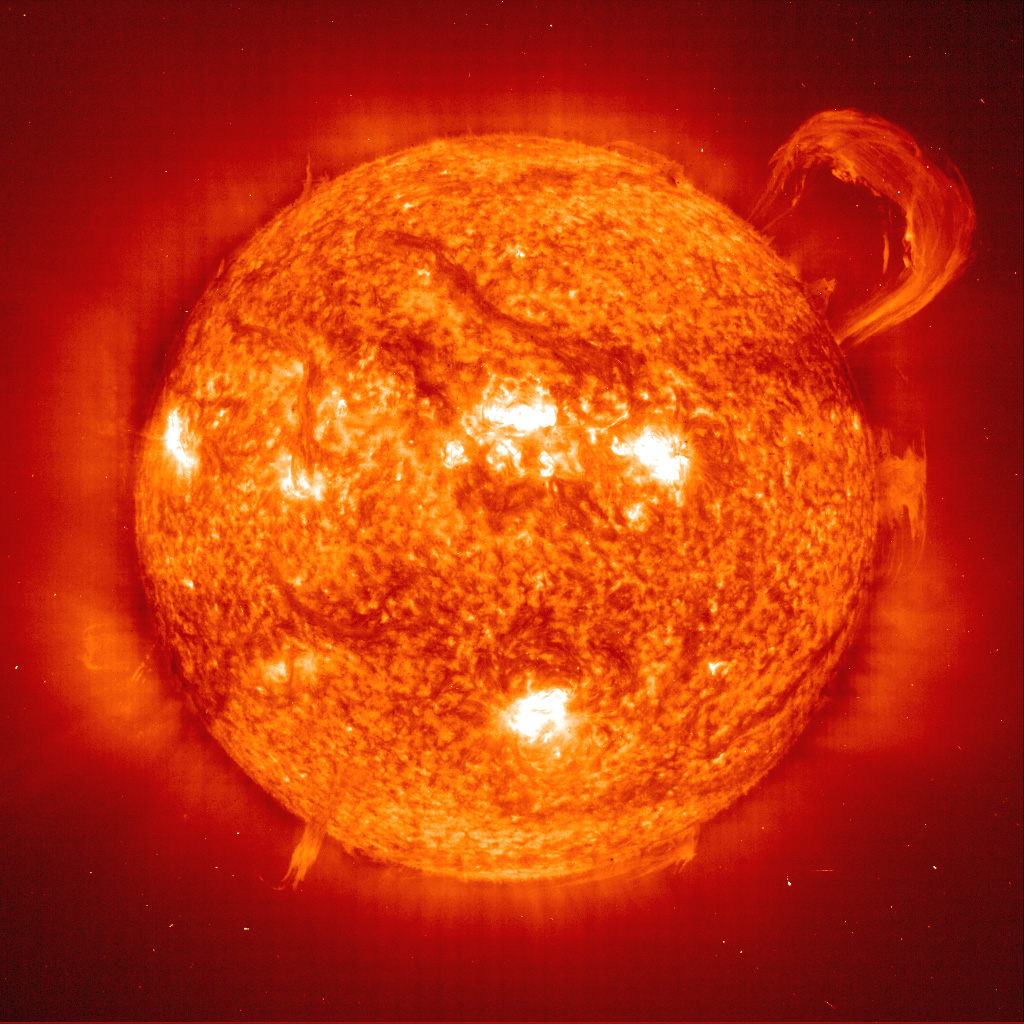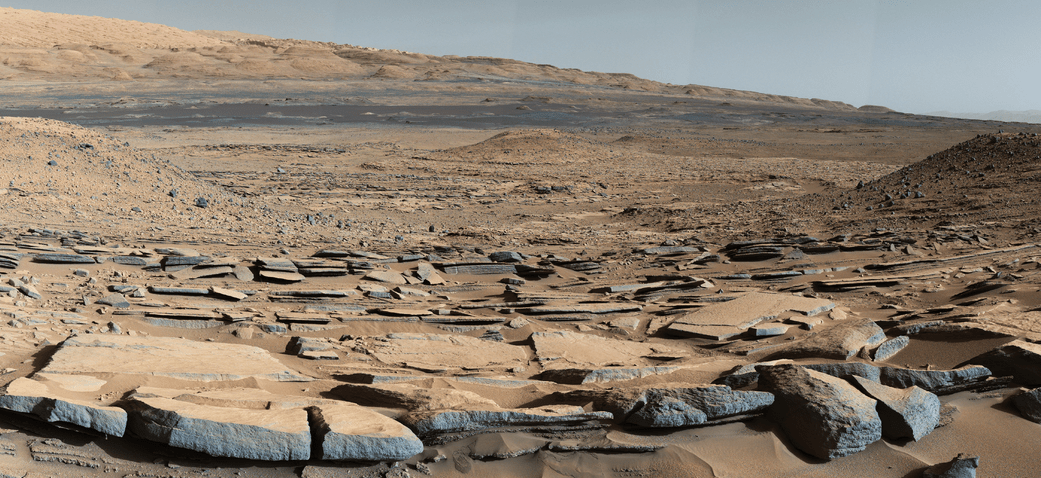A bewildering number of factors and variables led up to the planet we occupy today, where life finds a way to survive and even thrive in the most marginal conditions. The Sun is the catalyst for it all, propelling life on its journey to greater complexity with its steady fusion.
But the Sun is only benign because of Earth’s built-in protection, the magnetosphere. Both the Sun and the magnetosphere have changed over time, with each one’s strength ebbing and flowing. The Sun drives powerful space weather our way, and the magnetosphere shields the Earth.
How have these two phenomena shaped Earth’s habitability?
Continue reading “Earth’s Past and Future Habitability Depends on Our Protection from Space Weather”

